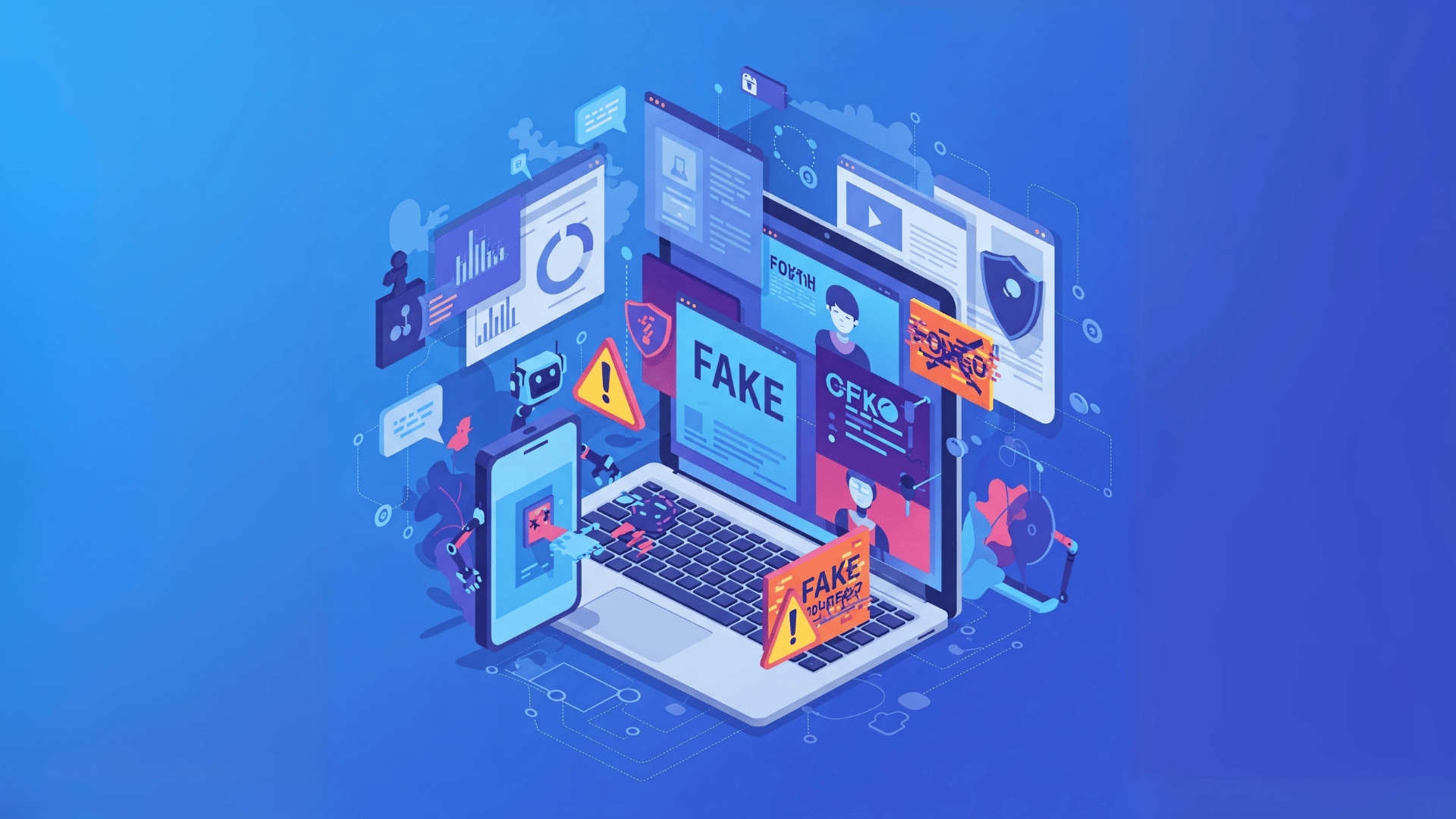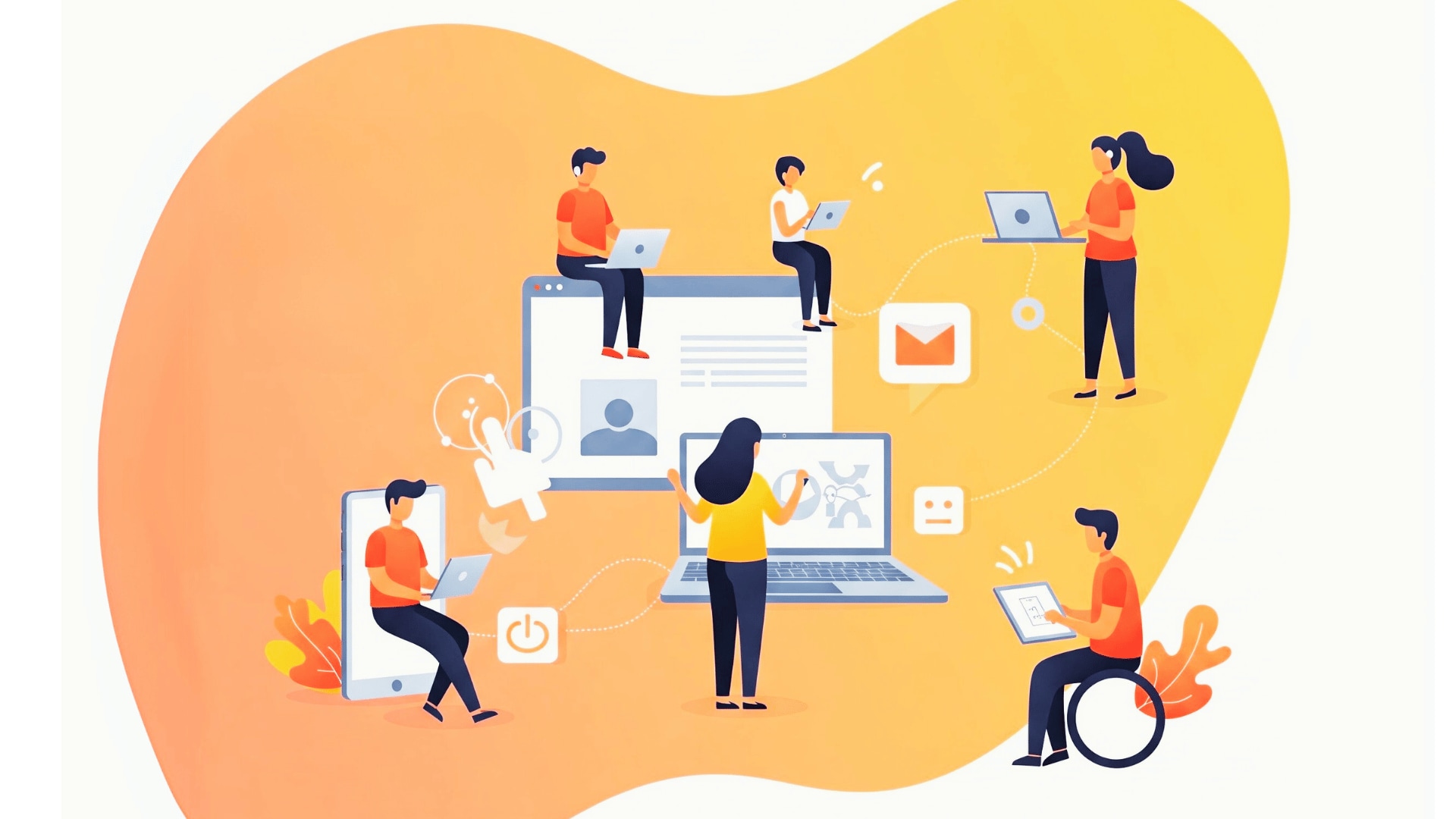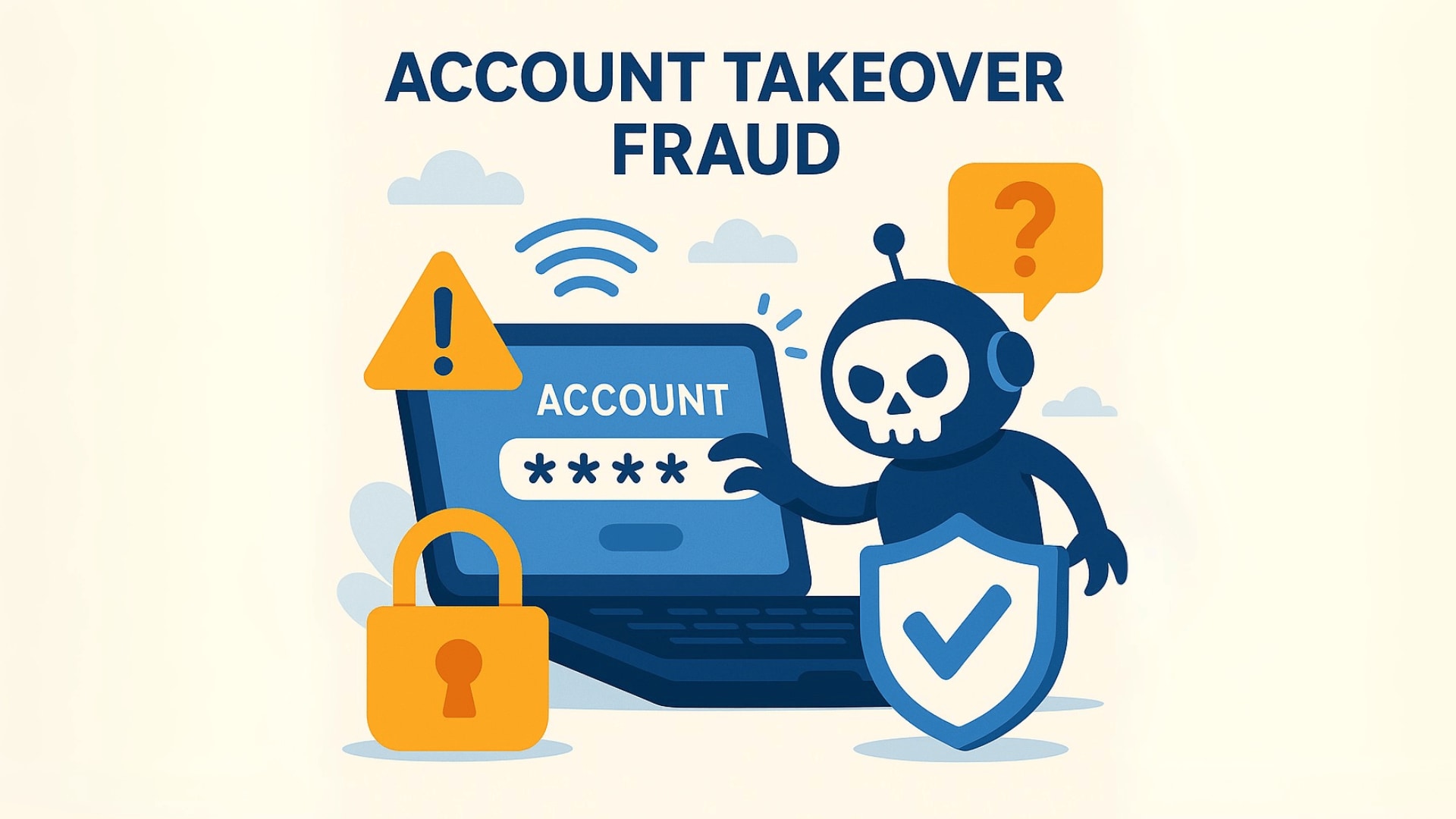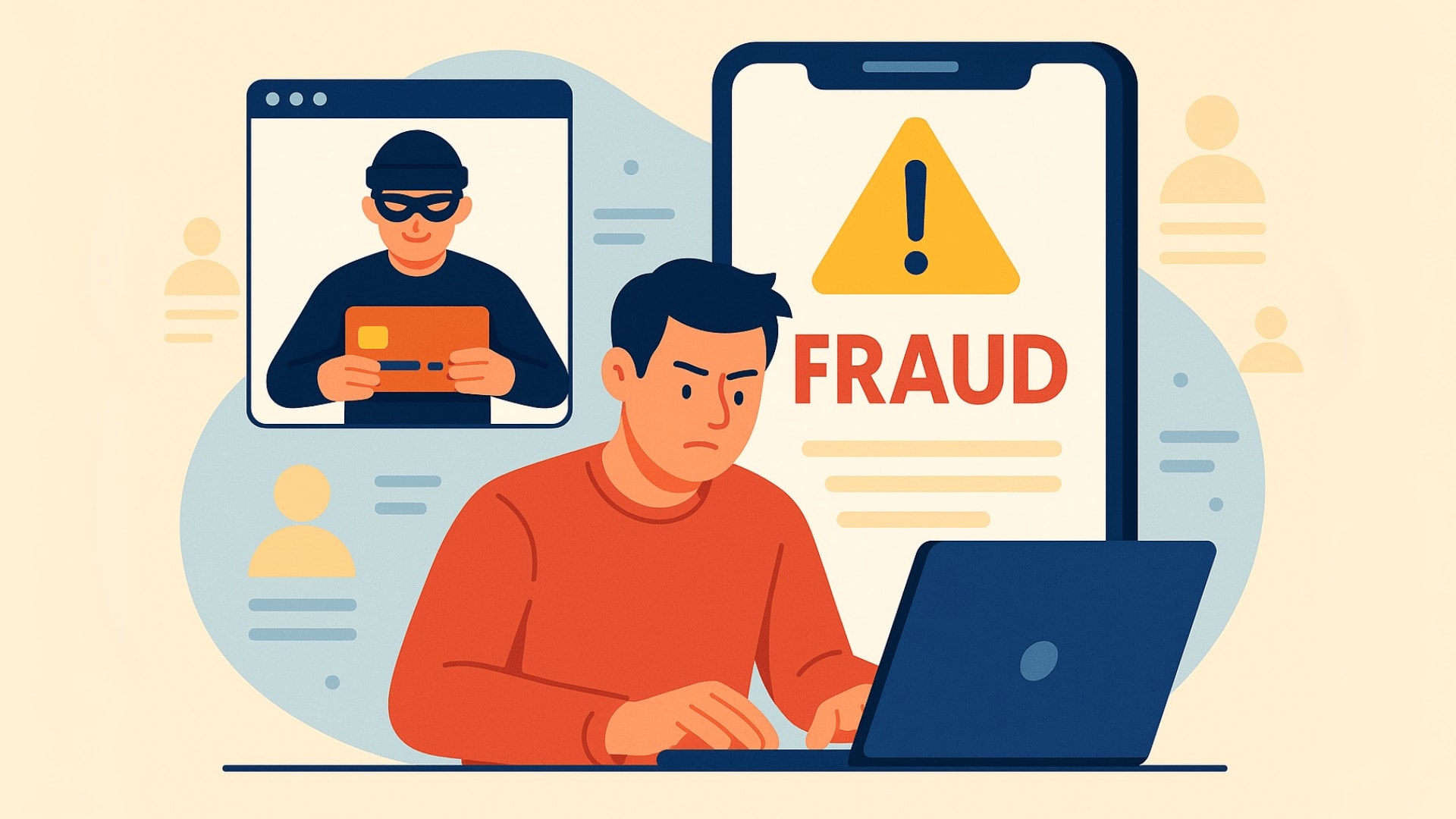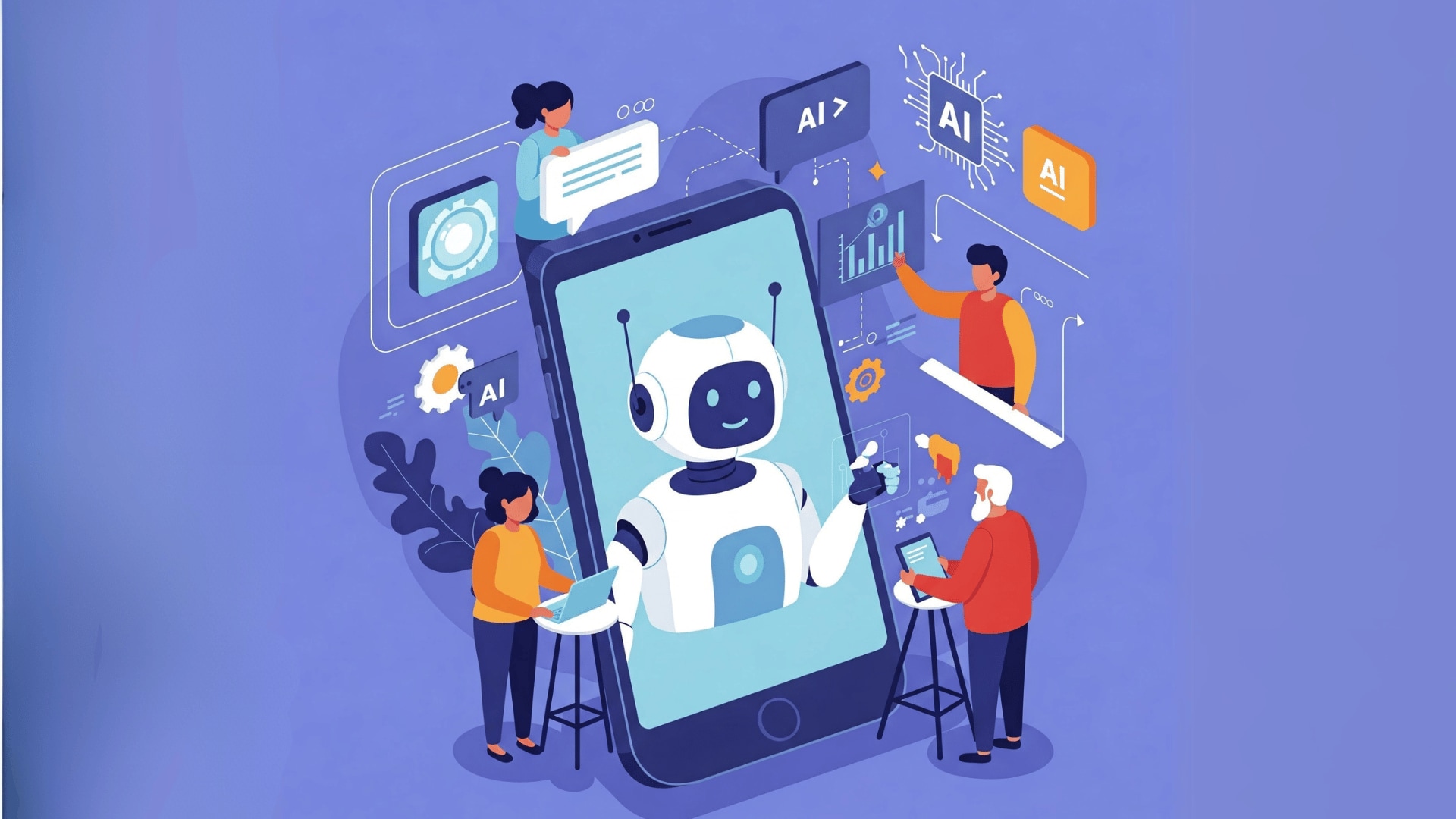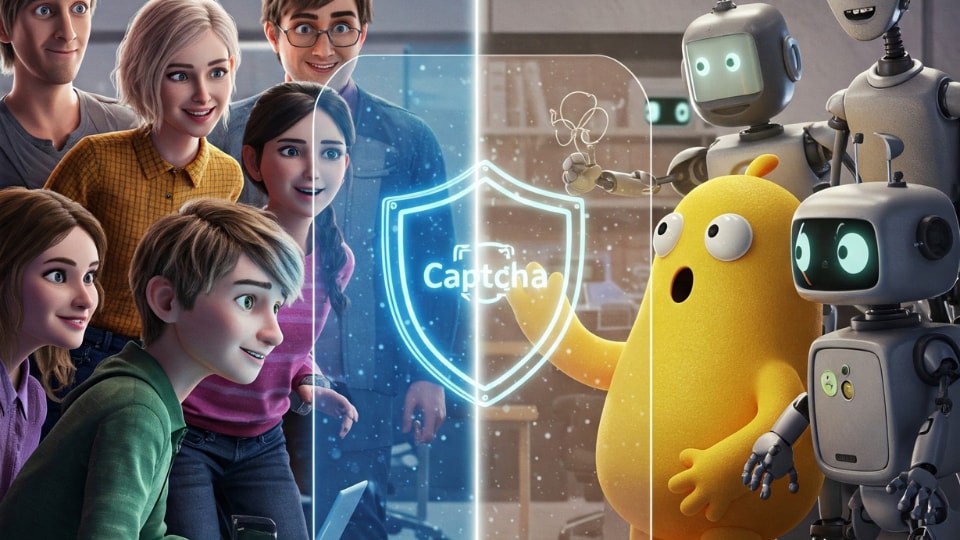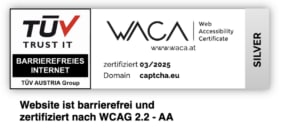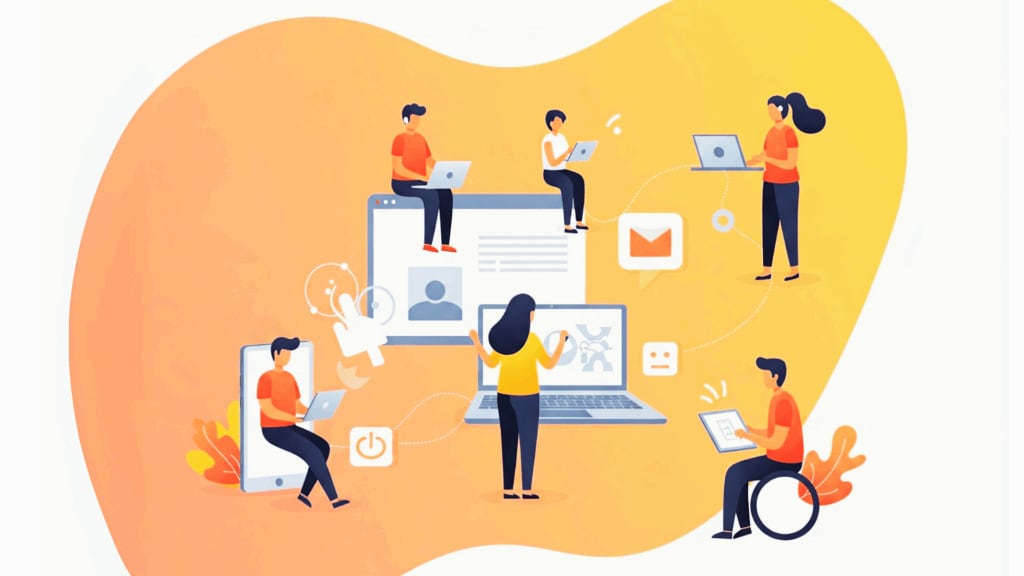
In today’s digital world, technology is woven into the fabric of our daily lives, from how we work and communicate to how we access information and services. It was envisioned to level the playing field, yet for many, barriers still exist. This is where the crucial concept of accessibility in technology comes into play. This blog post will guide you through what it means for technology to be accessible, why it’s so vital, the different forms it takes, how it’s implemented, and the hurdles we still face in making the digital world truly inclusive.
Table of contents
- What Exactly is Accessible Technology?
- Why is Accessibility in Technology So Important?
- Types of Accessibility in Technology
- Implementing Accessibility in Technology
- The Role of Accessible CAPTCHAs in Digital Inclusion
- Understanding the European Accessibility Act
- Challenges in Implementing Accessibility
- The Role of Governments and Policies
- Conclusion
What Exactly is Accessible Technology?
Accessible technology refers to technology that can be used effectively by everyone, including individuals with disabilities, without the need for modifications or accommodations. It’s about designing products and services so that people with diverse abilities can perceive, operate, understand, and interact with them on an equal basis. This includes everyday tools like smartphones with built-in screen readers or text magnifiers. The goal is to ensure equal access to digital information and applications for all.
Accessible technology can be directly accessible, meaning it’s usable without additional assistive technology, or compatible with assistive technology (AT), such as screen readers, Braille displays, alternative keyboards, voice recognition software, and captioning. When mainstream content and applications are accessible through these alternative methods, it can be revolutionary for people with disabilities.
Why is Accessibility in Technology So Important?
The importance of accessibility in technology cannot be overstated. Firstly, it’s a matter of civil rights and ethical responsibility. Access to technology and communication is increasingly recognised as a fundamental right. Ensuring that everyone can participate in the digital age is simply the right thing to do.
Legally, many countries have enacted legislation like the Americans with Disabilities Act (ADA) in the US and the Disability Discrimination Act (DDA) in the UK, which mandate accessibility in various aspects of technology, particularly in the public sector. Non-compliance can lead to financial loss through fines and legal action.
Beyond the legal and ethical imperatives, accessibility offers significant business benefits. By creating accessible products and services, businesses tap into a larger market, including the substantial spending power of people with disabilities. Moreover, employees with disabilities are more productive when they have access to the technology they need to excel. This can lead to improved recruitment and employee retention, enhanced productivity, and a stronger bottom line. A commitment to accessibility also enhances an organisation’s public image.
Furthermore, focusing on accessibility often leads to an improved user experience for everyone. Features designed for accessibility, like the ability to zoom or provide text transcripts, can benefit a wider range of users in various situations. In essence, making technology accessible contributes to a more inclusive and equitable society.
Types of Accessibility in Technology
Accessibility in technology encompasses various facets to address the diverse needs of individuals with disabilities. These include:
Visual Accessibility involves making content perceivable by users with visual impairments. This means providing text equivalents for non-text elements like images, using sufficient colour contrast, and ensuring compatibility with screen readers and Braille displays.
Auditory Accessibility ensures audio content is usable by those who are deaf or hard of hearing, by including captioning for video and transcripts for audio.
Motor Accessibility allows users with motor impairments to interact with technology using keyboard navigation, voice commands, alternative input devices, and adaptable interfaces that don’t rely solely on a mouse.
Cognitive Accessibility focuses on designing interfaces and content that are clear, consistent, and easy to understand. Logical navigation and options for extended time limits can accommodate users with cognitive and neurodevelopmental differences.
Implementing Accessibility in Technology
Implementing accessibility in technology requires a thoughtful and inclusive approach throughout the design and development process. Key considerations include:
User-Centred Design means prioritising the needs and experiences of people with disabilities by gathering feedback and involving them in testing.
Standards Compliance involves adhering to accessibility guidelines, such as the Web Content Accessibility Guidelines (WCAG), to ensure digital products are perceivable, operable, understandable, and robust.
Flexible Interfaces offer multiple ways for users to interact with technology, such as keyboard shortcuts, voice commands, and gestures.
Clear and Consistent Design relies on intuitive interface principles, logical navigation, consistent labelling, and sufficient colour contrast.
Alternative Formats include text transcripts, audio descriptions, and accessible PDFs to accommodate various preferences and needs.
Accessible Procurement is especially important for organisations and governments. They should specify accessibility requirements when purchasing IT products and services. Standards like EN 301 549 are used for this purpose.
Continuous Improvement is essential. Regularly evaluating and updating technology helps address accessibility issues and incorporates user feedback. Tools like WAVE can assist in identifying potential problems, but human evaluation is also critical.
Training and Awareness are necessary to ensure developers, designers, and content creators understand accessibility and how to implement it.
The Role of Accessible CAPTCHAs in Digital Inclusion
When we think of digital accessibility, we often focus on web design, navigation, or media alternatives. But one commonly overlooked element is the CAPTCHA—the small security test designed to differentiate between humans and bots. While CAPTCHAs play an important role in protecting websites from spam and abuse, they can also become barriers for users with disabilities if not designed inclusively.
Traditional CAPTCHAs that rely on distorted text or complex image selections can be nearly impossible for people with visual, cognitive, or motor impairments to solve. This creates a frustrating user experience and can ultimately exclude people from accessing digital services.
This is where accessible CAPTCHA solutions like captcha.eu come into play. Designed with inclusion at its core, captcha.eu is WCAG 2.2 – AA certified, meeting the standards set forth in the European Accessibility Act. This ensures that the CAPTCHA mechanism works seamlessly with assistive technologies such as screen readers, keyboard navigation, and voice input tools—without compromising on security.
Accessible CAPTCHAs prioritize simplicity, clarity, and compatibility. captcha.eu, for example, offers:
- Non-visual alternatives that don’t rely on identifying images or listening to audio clips.
- Keyboard-friendly navigation, making it fully operable without a mouse.
- Privacy-focused implementation that aligns with GDPR and other European privacy standards.
- A lightweight and developer-friendly integration, so websites can protect themselves without creating friction for users.
Understanding the European Accessibility Act
The European Accessibility Act (EAA) is a landmark directive aimed at harmonizing accessibility requirements across the European Union. It mandates that key products and services—including websites, mobile apps, e-commerce, banking, e-books, and ticketing machines—must be accessible to people with disabilities.
This regulation is not only about legal compliance; it’s a proactive move towards greater inclusivity across the digital landscape. By 2025, both public and private sector providers will be expected to comply with the EAA. For companies and developers, this means ensuring their entire digital ecosystem—from navigation and content to authentication systems like CAPTCHAs—is barrier-free.
Solutions like captcha.eu help organizations meet these standards with minimal disruption, making it easier to stay compliant while delivering a smooth and equitable user experience.
Challenges in Implementing Accessibility
Despite the growing awareness, implementing accessibility in technology still faces several challenges. One significant hurdle is the perception that people with disabilities are a small part of the population, sometimes leading to accessibility being seen as a lower priority. There can also be resistance or a lack of understanding about the needs of users with disabilities.
Another challenge is the ever-evolving nature of technology, with new devices and platforms constantly emerging, requiring ongoing effort to ensure accessibility. Ensuring accessibility across all types of digital information and electronic devices, from web pages to kiosks and voting machines, requires consistent effort.
Furthermore, there can be a gap between legal compliance and true accessibility. Simply meeting minimum legal requirements may not result in a genuinely usable experience for people with disabilities. Effective enforcement of accessibility laws and policies also remains a challenge in many regions.
The Role of Governments and Policies
Governments play a vital role in driving IT accessibility through policies and laws. They often set accessibility standards and requirements for public sector bodies and, increasingly, the private sector. Procurement processes within government can be powerful tools for enforcing accessibility by specifying it as a requirement for IT purchases. International treaties like the UN Convention on the Rights of Persons with Disabilities also encourage access to IT. However, the effectiveness of these policies often depends on their implementation and enforcement.
Conclusion
Creating accessible technology is not merely a technical task; it’s a commitment to digital inclusion and equal opportunity. By understanding the importance of accessibility, its various forms, and the principles of implementation, we can all contribute to a more inclusive digital world. While challenges remain, ongoing efforts in design, development, policy, and user engagement are paving the way for a future where technology truly empowers everyone.
As we strive for a more accessible internet, remember that even seemingly small details matter. For instance, ensuring your website is protected from bots and abuse in an accessible and privacy-compliant manner is a key aspect of a positive user experience for all. Consider solutions like captcha.eu, which prioritises user-friendliness and privacy while maintaining robust security. Let’s work together to unlock the full potential of technology for everyone.
100 free requests
You have the opportunity to test and try our product with 100 free requests.
If you have any questions
Contact us
Our support team is available to assist you.

